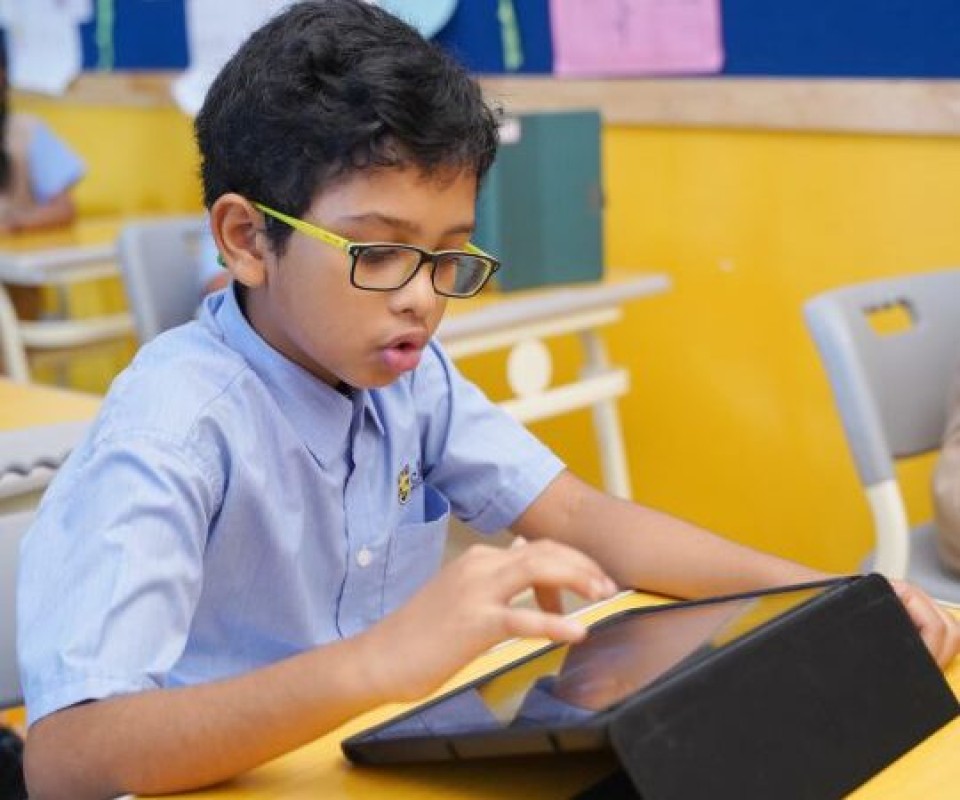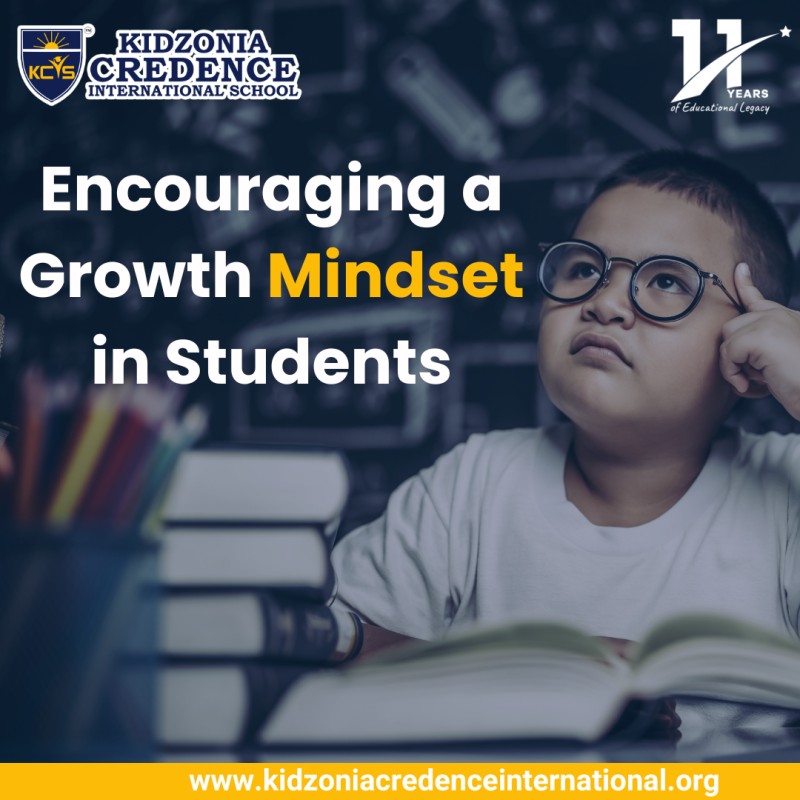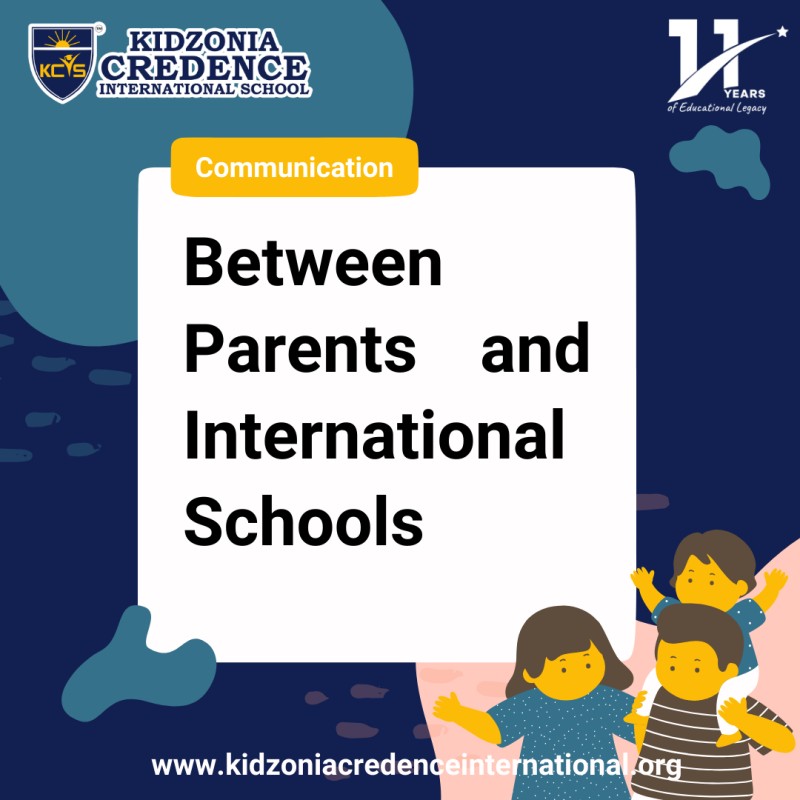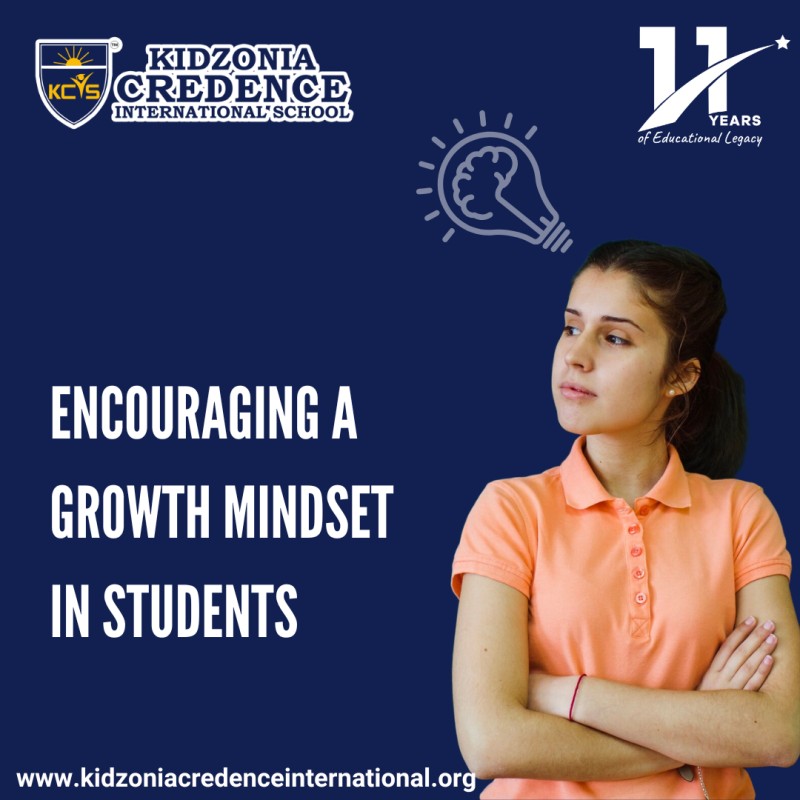By KIDZONIA
Integration of Technology in Education
24 Jan, 2024

Technology is a ubiquitous part of children’s lives. It provides instant access to information, which is why its presence in the classroom is so vital. Smartphones, computers, and tablets are already an omnipresent element of everyday life for students and teachers alike. It’s only natural that the use of technological devices in the classrooms is explored to create meaningful learning experiences for students of all ages,as it promotes higher-order thinking and problem-solving skills.
Here are some of the main benefits of using technology in the classroom –
- (A)Improves EngagementTechnology provides different opportunities to make learning more fun and enjoyable in terms of teaching the same things in new ways. For instance, delivering teaching through games, taking students on virtual field trips, and using other online learning resources are some of the ways. What is more, technology can encourage more active participation in the learning process which can be hard to achieve through a traditional lecture environment.
- (B)Improves Knowledge RetentionTechnology can even help to encourage active participation in the classroom which also is a very important factor for increased knowledge retention.
- (C)Encourages Individual LearningTechnology provides great opportunities in making learning more effective for everyone with different needs. For example, students can learn at their own speed, review difficult concepts or skip ahead if they need to.
- (D)Encourages CollaborationStudents can practice collaboration skills by getting involved in different online activities, for instance, working on different projects by collaborating with others on forums or by sharing documents in their virtual learning environments.
- {E)Students can Learn Useful Life Skills through TechnologyModern learning is about collaborating with others, solving complex problems, critical thinking, developing different forms of communication and leadership skills. What is more, technology can help develop many practical skills, including creating presentations, learning to differentiate reliable from unreliable sources on the Internet, maintaining proper online etiquette, and writing emails. These are very important skills that can be developed in the classroom. Allowing students to learn and refine these skills prepares them for life beyond the classroom. To conclude, it is imperative to establish that technology lends itself as the multidimensional tool that helps change the student/teacher roles and relationships, where students take responsibility for their learning outcomes and teachers become guides and facilitators.












